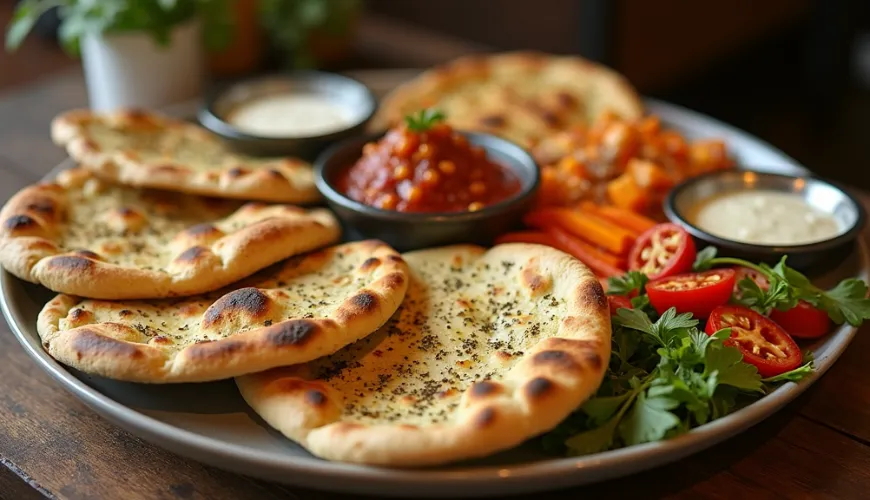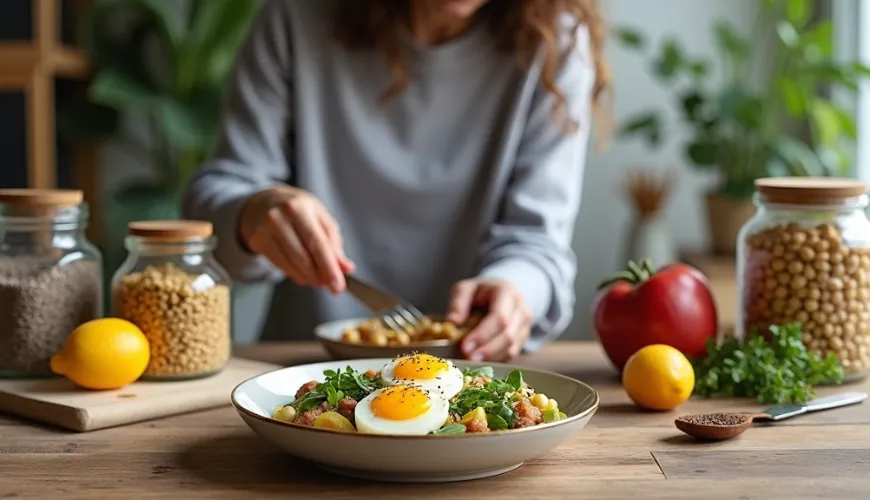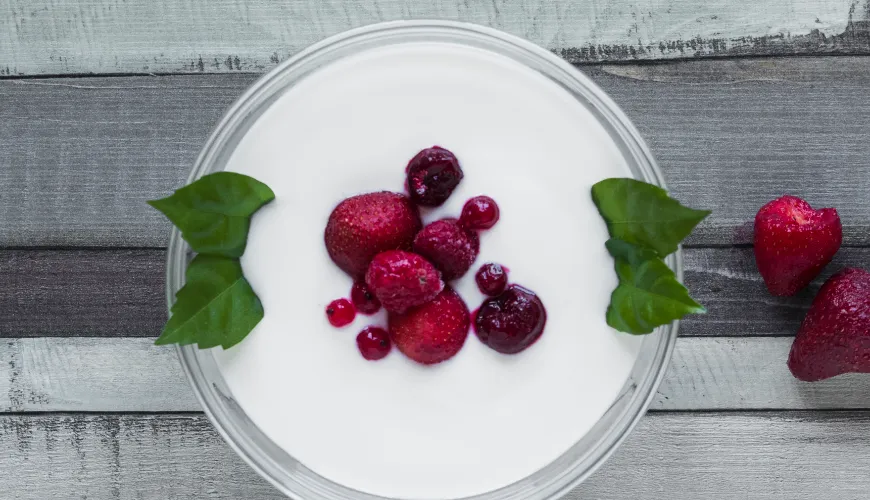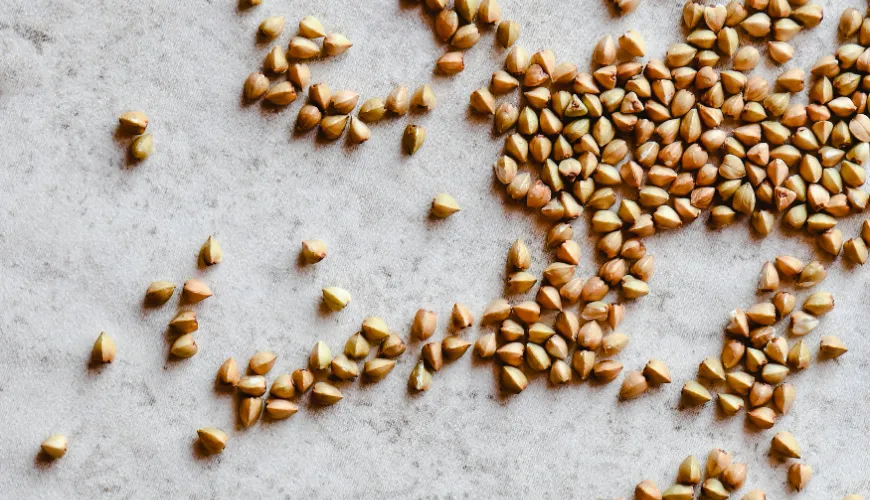
What to Replace Bread With and Still Enjoy a Tasty and Quick Meal

How to Replace Bread in Your Diet
Bread forms the basis of many people's diets—from morning breakfast to snacks and dinner. The idea of a day without bread or rolls may seem like a daunting restriction, especially if you're accustomed to their presence in your daily meals. However, numerous experts and nutritionists point out that traditional white bread is not the best choice if you're trying to eat healthier, lighter, or perhaps shed a few pounds. But how do you actually replace bread in your diet without losing the fullness, taste, and convenience of a quick meal?
Sticking to just one type of substitute does not lead to long-term success. It's important to understand why bread has its place in the diet and then creatively and functionally replace it. Bread not only provides energy but often also a feeling of satiety and—let's admit it—comfort. However, there are many delicious and nutritious alternatives that your body will appreciate even more than a classic roll.
Why Should You Limit or Replace Regular Bread?
It's not about demonizing bread as a whole. Bread can be part of a balanced diet—if it's whole grain, fermented, or genuinely baked from quality ingredients. The problem mainly lies with white bread made from refined flour, which provides the body with quick sugars but little fiber, vitamins, and minerals. This type of bread increases the risk of blood sugar fluctuations, encourages cravings for sweets, and can lead to overeating. For people trying to lose weight, this presents a significant issue.
Moreover, when reducing weight, we often look for foods that keep us fuller for longer while providing fewer calories. Empty calories from white bread certainly do not fulfill this equation. Additionally, bread is often associated with other less suitable foods—such as processed meats, processed cheeses, or sweet spreads.
So it's worth asking: What can replace bread when losing weight without having to give up quick and practical meals?
Healthy Alternatives to Bread That Will Surprise You
Interestingly, when people decide to give up bread, they often discover entirely new tastes and possibilities. It's not just about "something instead of bread," but about an overall change in approach to eating. The advantage is that most alternatives can be quickly prepared at home or easily purchased in health food stores.
1. Vegetable Patties and Wraps
Vegetables as an alternative to bread may sound strange at first glance, but they offer a wide range of possibilities. Lettuce leaves, slices of zucchini, or baked eggplant slices can serve as the base for wraps or sandwiches. Wrapping hummus, chickpea patties, and a piece of avocado in a Romaine lettuce leaf is not only healthy but also visually appealing.
Additionally, you can find wraps made from beets, carrots, or spinach in stores, which do not contain regular flour but are full of fiber and nutrients. They are suitable for quick lunches, snacks, and dinners.
2. Buckwheat or Oat Patties
A simple mixture of buckwheat flour, water, and herbs can be transformed into delicious "bread" patties without gluten and refined sugars when cooked on a pan. If you add mashed banana or grated apple, you have a base for a sweet variant. Such patties can be easily prepared in bulk and frozen, so you always have something "to snack on."
3. Chia Pudding or Yogurt with Nuts
We often eat bread mainly for breakfast. Replace it with chia pudding with fruit or full-fat yogurt with nuts and seeds. These meals will fill you up thanks to their protein, healthy fats, and fiber content. Moreover, they have a low glycemic index and do not cause sharp blood sugar spikes.
4. Whole Grains or Sprouted Grains
Quinoa, amaranth, or buckwheat serve as an excellent base for both savory and sweet dishes. Prepare "savory porridge" with eggs, avocado, and vegetables, or sweeten it with nuts and cinnamon. Such a meal is very nutritious and, unlike bread, truly satisfying.
5. Raw Crackers and Seed Crackers
Today, there is a wide range of raw or dried crackers made solely from seeds, vegetables, and herbs available on the market. They are gluten-free, contain no yeast, and have no added sugar, while their high fiber content aids digestion. They are great as a base for spreads or just as a snack.
Bread and the Psychological Aspect of Eating
However, we cannot overlook an important aspect—food is associated with emotions and rituals. For many people, breakfast with a roll and butter represents the start of the day, bringing them peace and a sense of security. Replacing bread doesn't just mean changing the food but also the habit. Therefore, the change should be gradual and natural.
One proven tip is the so-called "partial replacement"—for instance, starting by replacing two out of five bread meals a week with a healthier option. Gradually, both the body and taste buds will adapt.
A compelling example from practice is offered by nutrition therapist Alena S., who works with women trying to lose weight after childbirth. "For most clients, it's not about needing to completely eliminate bread. But when I show them how to prepare, for example, a breakfast salad with eggs and seeds instead of a roll with ham, they feel the difference in energy and mood throughout the day," she says.
Practical Tips on How to Start
Transitioning to a healthier diet is not about throwing everything out of the fridge overnight and stocking up only on seeds and salad—rather, it's a gradual process that has a much better chance of success if approached calmly and sensibly. One step could be gradually reducing regular bread and replacing it with more nutritious alternatives, and there's really no need to go to extremes; it's enough to start by planning a weekly menu and, perhaps, just in two or three meals, replace bread with something else—like cooked quinoa, hummus, or even a homemade vegetable salad with legumes.
The key is not to be afraid to experiment—new foods, new flavors, unusual combinations—because often what we think won't taste good surprises us. It's good to always have something as a backup plan for times when there's no time or mood to cook—like seed crackers or hummus, which can last a few days in the fridge. And most importantly—don't worry if you occasionally reach for good sourdough bread. It's about finding balance, not being perfect.
Instead of asking "what can replace bread when losing weight?" you might start asking: "How did I eat that old bread every day for so long?"
Shifting away from traditional bread is not just about changing your diet; it's also a journey towards greater awareness of what we eat, why we eat, and how it affects our bodies and mood. And if approached with openness and curiosity, replacing a roll with a seed cracker could be one of the best steps towards a healthier lifestyle.

